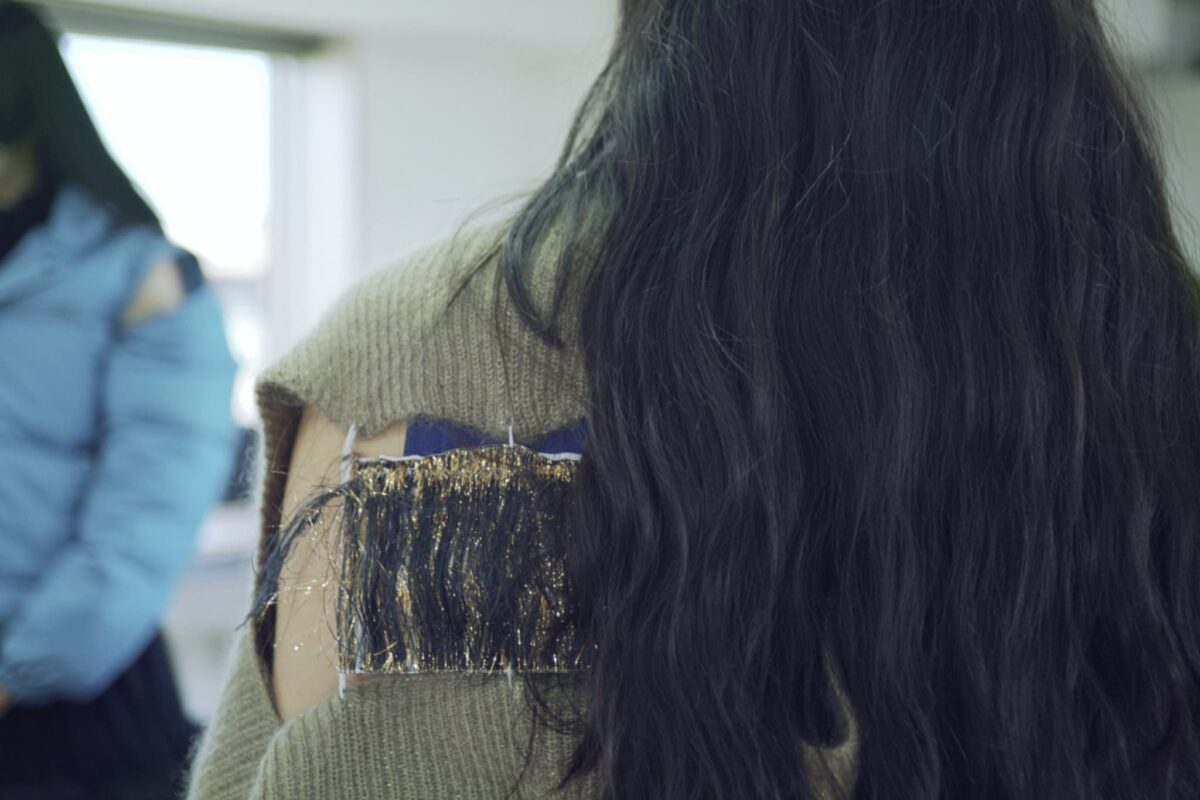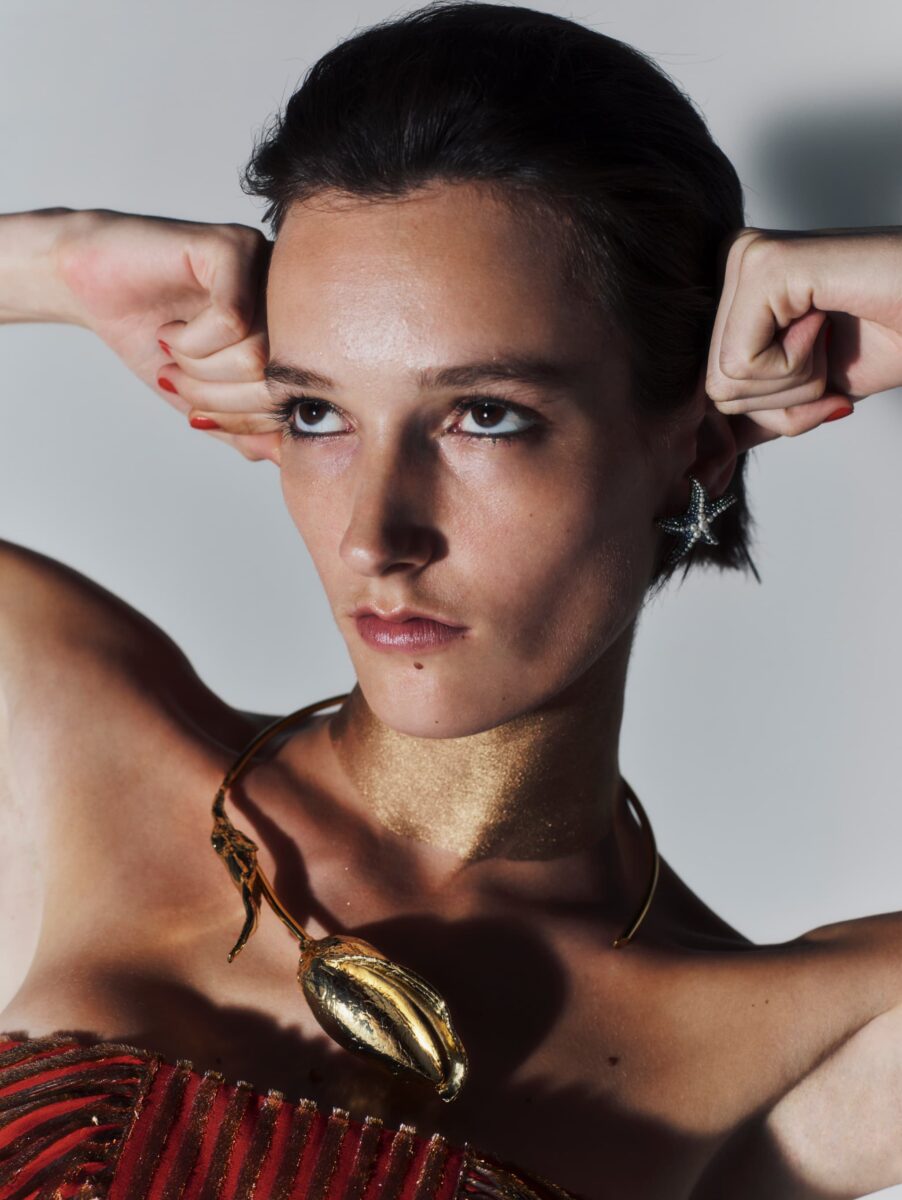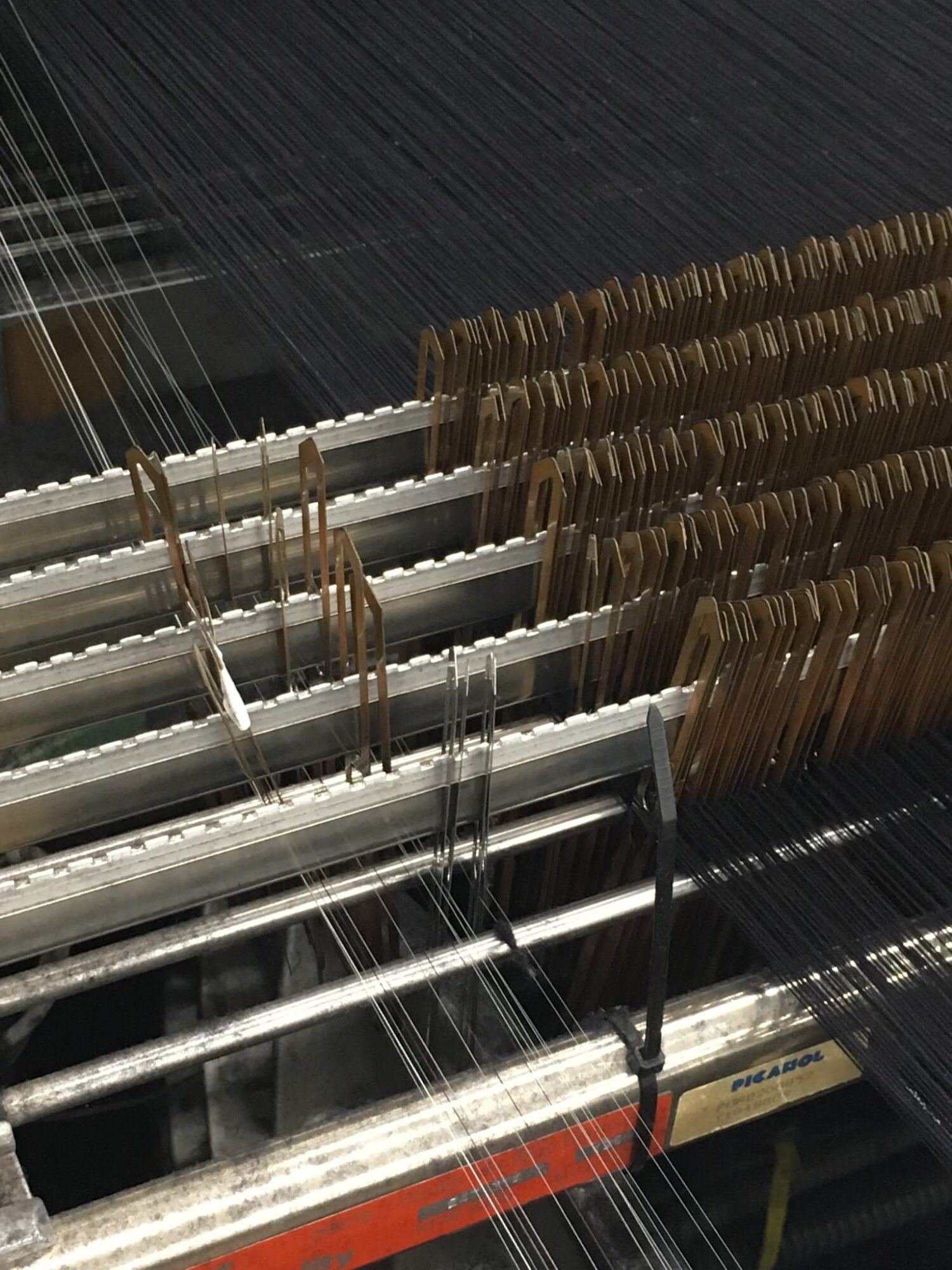
Launched in 2017, POSTELEGANT made its debut at Paris Fashion Week with its Spring/Summer 2025 collection. Creative Director and Founder Yūya Nakata, hailing from Gifu Prefecture, draws inspiration from the region’s rich heritage of craftsmanship and materials, particularly those from the Bishui region. His modern and elegant designs are rooted in the high-tech techniques and premium materials cultivated by local artisans over generations. While his aesthetic focuses on minimalism and fluidity, his designs also address the challenges facing regional industries with innovative and dazzling solutions. What is the philosophy of simplicity he discovered through self-reflection, and what are his initiatives aimed at the next 30 years?
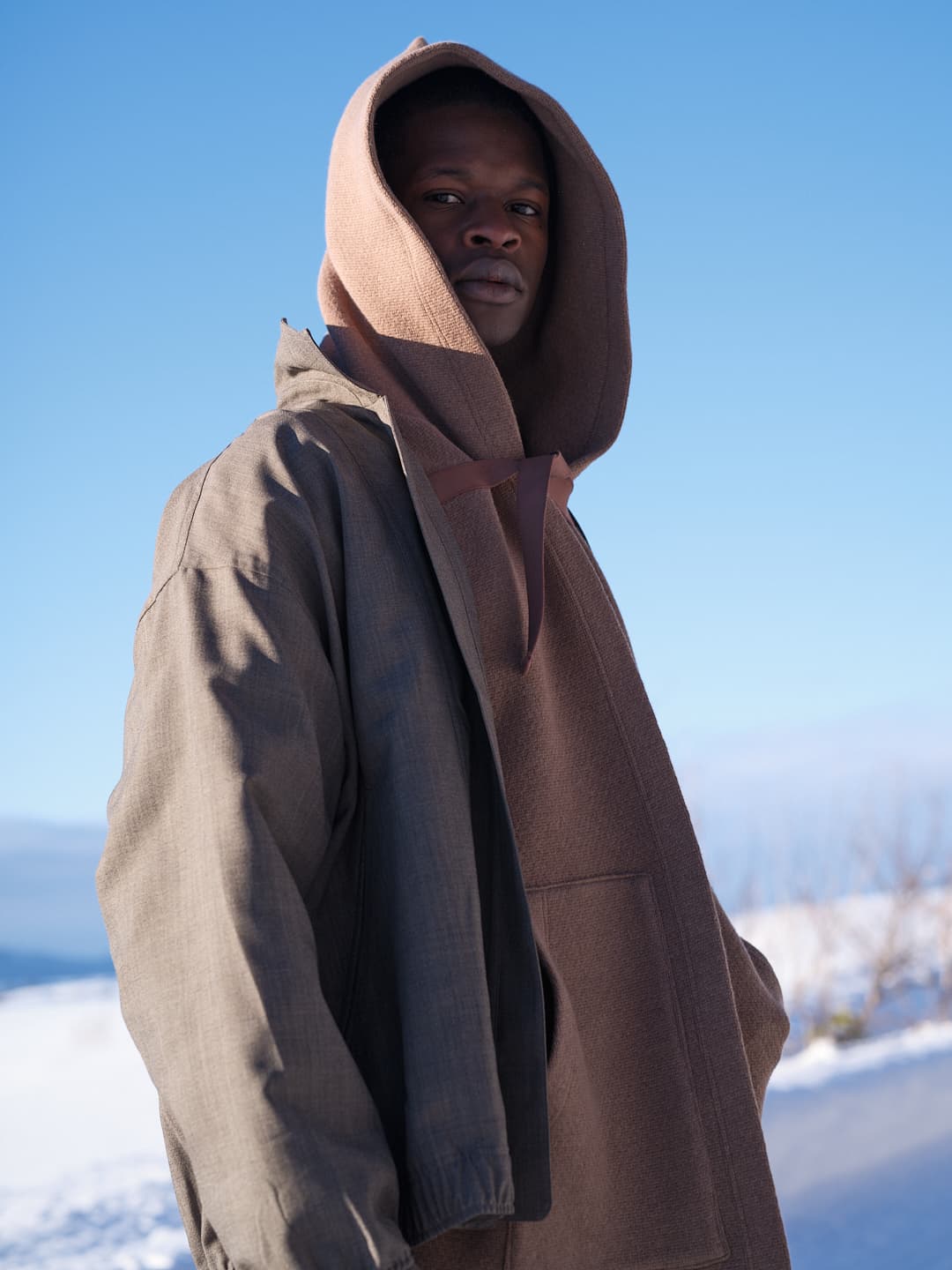
POSTELEGANT 2025 AUTUMN-WINTER COLLECTION
From a young age, he naturally decided to become a clothing designer. During his time at Nagoya University of Arts and Sciences, studying abroad in Paris quietly shook his sense of self. The foreign culture and intersecting values made his Japanese identity stand out in a surprising way. Upon returning to Japan, he enrolled at the Graduate School of Culture and Fashion. There, he confronted the act of creation itself. Rather than “drawing,” he realized that “communicating with materials” was the approach that best suited him. This epiphany came during a student competition where he collaborated with the Bishu textile region. The threads, looms, and craftsmen’s hands gave birth to fabric, and guided by this process, the brand’s prototype began to take shape. After gaining experience through various internships and working at BEIGE, at Onward Kashiyama, POSTELEGANT was born in 2017.
Looking at the latest visuals of the 2025 autumn/winter collection displayed in the snow, Nakata says, “We don’t always set a clear seasonal theme.” The snowy landscape of Biei, Hokkaido, which served as the location for the shoot, was naturally chosen as the backdrop from his personal memories and desires. Traveling back and forth between the city and nature, visiting a furniture workshop in Asahikawa, and exploring the scenery in a rental car—the clothes, which are an extension of such daily life, exude a sense of reality.
“It’s about an hour and 20 minutes from Haneda to Asahikawa Airport. I grew up in the countryside, so living in Tokyo for so long makes me want to go back to nature. It feels more natural and stress-free, and I think I’ll eventually want to live that way. I also want to live there myself (laughs). What was once a distant dream of a “two-base lifestyle” is now becoming a more realistic option. The combination of scenes and clothing that seem unconventional yet are actually very realistic quietly resonate with the viewer.
The pursuit of an existence that remains inevitable
“The necessary, neither more nor less.” This is the unwavering standard that runs through Nakata’s entire approach to clothing design. The remarkable work of architects, furniture designers, and other creators. Works that endure for 50 or 100 years have a fundamental difference in the length of time they last. While sometimes envied and respected, garments are soft and inevitably wear out in daily life. Yet it is precisely because of this that Nakata aims for “strength and charm that can be passed down for 10, 20 years, or even to one’s children.” This vision is reflected in every design choice.
Decoration is stripped away, leaving only meaningful elements like pockets and buttons. “It ends up looking minimalist, but that’s not intentional,” says Nakata. “Like folk art, I really love the concept of ‘beauty in function.’ The idea that forms born out of necessity are refined over time to become beautiful shapes feels very logical.”
POSTELEGANT doesn’t establish a grand concept or chase trends. Its clothes are basic yet possess the power to evoke striking styling, each piece quietly speaking for itself.
“We place a lot of importance on each piece we release, so I believe something is conveyed to people. I believe it’s something that comes through the clothes themselves.”
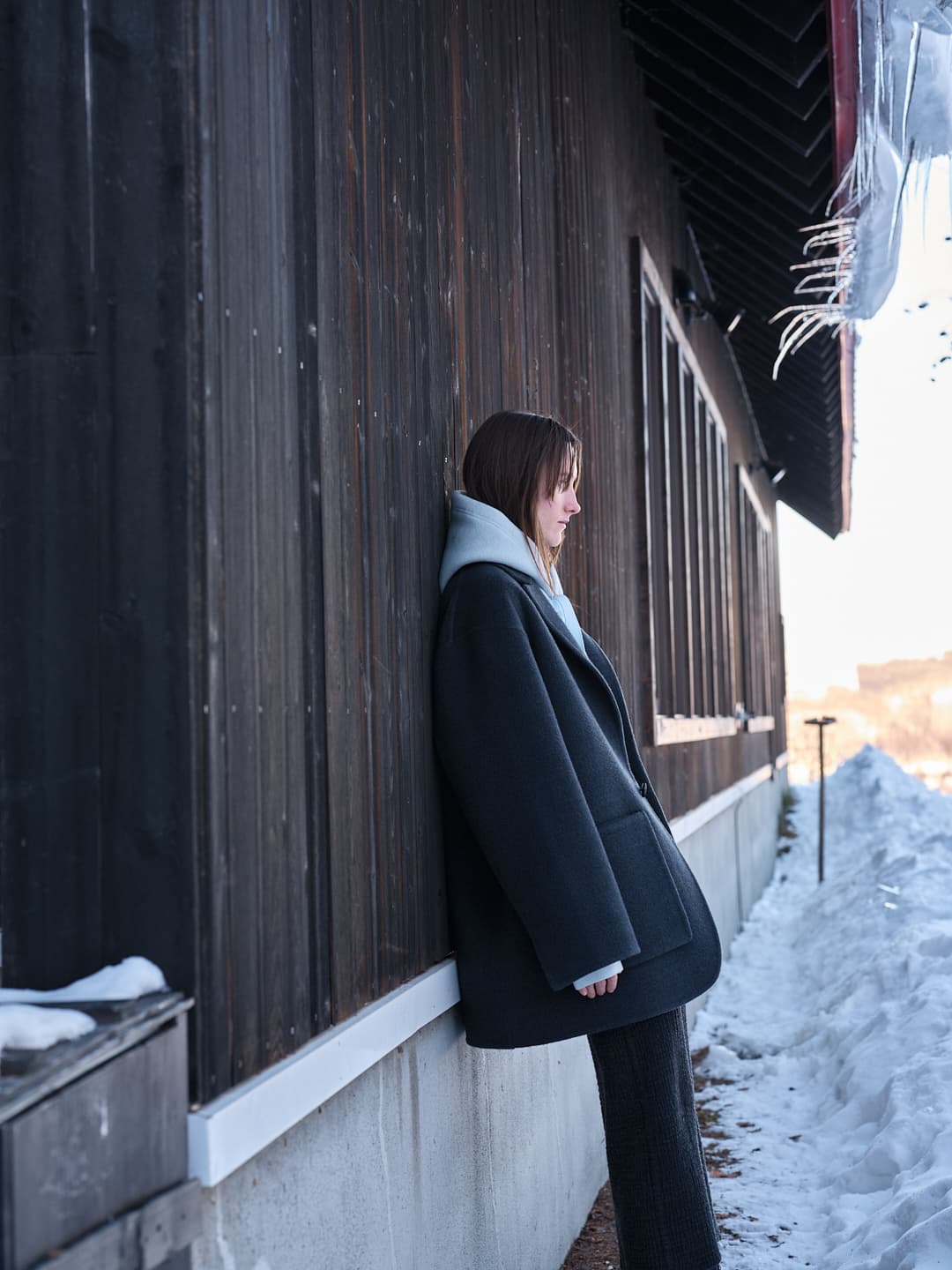
POSTELEGANT 2025 AUTUMN-WINTER COLLECTION
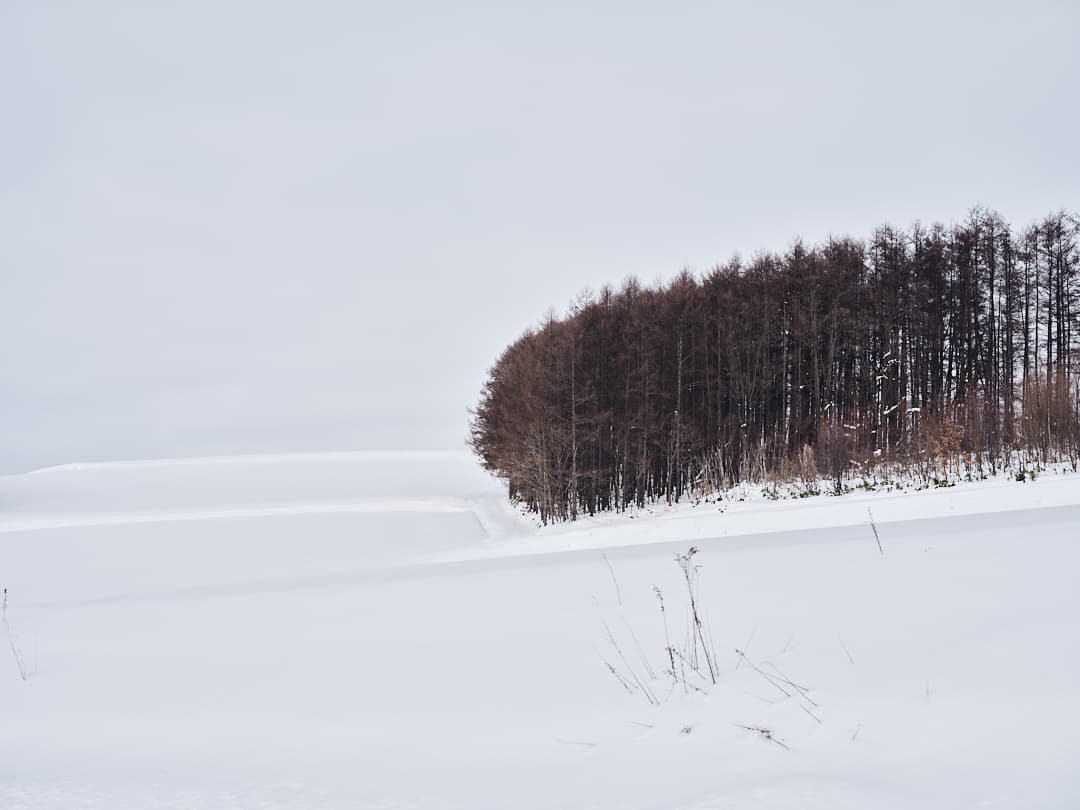
POSTELEGANT 2025 AUTUMN-WINTER COLLECTION
”Forced creations probably don't appeal to many people”
In a world overflowing with countless fashion brands and an abundance of clothing, Nakata aims to create pieces that can be cherished for years.
“If you like something once, you’ll keep wearing it, and you can gradually add to your collection as you find more pieces you like. I think it’s okay to approach it that way. I hope that by doing what I do, more people will adopt this mindset and wasteful consumption will decrease. I’ve worked in a production environment where the MD took the lead and new items were released every month with the sole purpose of selling them, but I think that when you force something out, people probably don’t really want it.”
He only releases pieces that are ready. He doesn’t decide on the number of styles in advance; instead, he creates each piece with dedication, one by one, based on what he wants to make and what he feels should be made. This is possible because Nakata handles all communication with buyers and adjusts order quantities according to the capacity of the weavers, sewing factories, and craftsmen. There are many aspects of meticulous craftsmanship that conflict with efficiency. Yet, for over a decade, he has maintained a steady upward trajectory with local factories, building relationships that endure for 10, 20 years. Thanks to the trust established with the factories and craftsmen responsible for production, they spare no time or effort in crafting each piece. As a result, even he is surprised by the quality of the finished products, exclaiming, “This one turned out amazing!” every time a mass-produced item is completed, and shares that sense of accomplishment with everyone involved.
“Clothes take shape when sewn together. But whether they possess ‘beauty’ or ‘comfort’ is a different matter.“
”I'd wearing it every day” is the highest praise
This philosophy extends to material selection, where he avoids emphasizing appearance or the rarity of raw materials. ”While the result may sometimes be a special fabric, I don’t create clothes solely because the raw material is good.” For example, wool from sheep raised under special conditions, or fabric combining a unique product shrinking process with river stitching. For Nakata, techniques and materials are merely “tools,” and the ultimate goal is to create clothes that feel good to wear and naturally draw the hand.
“I don’t want people to listen to explanations about the origin, materials, or techniques. Instead, I’d rather they think, ‘This jacket feels amazing’ or ‘I want that.’ As a fashion designer, it’s all about people wearing the clothes. Clothes aren’t meant to be displayed. They only gain meaning when they’re worn in daily life.”
During graduate school, he constantly questioned what fashion design was. In competitions and classes, he was always asked to create something “new,” and even when he put in a lot of effort and submitted his work, it was easily dismissed as “something I’ve seen before.” Through these experiences, he gradually realized that he didn’t want to make clothes just to do something no one else had done. Clothes are meant to be worn, not as works of art, and the act of wearing them is the essence of fashion design. Breaking free from the constraints of the fashion industry and educational institutions that place designers at the pinnacle, I took a step toward being myself.
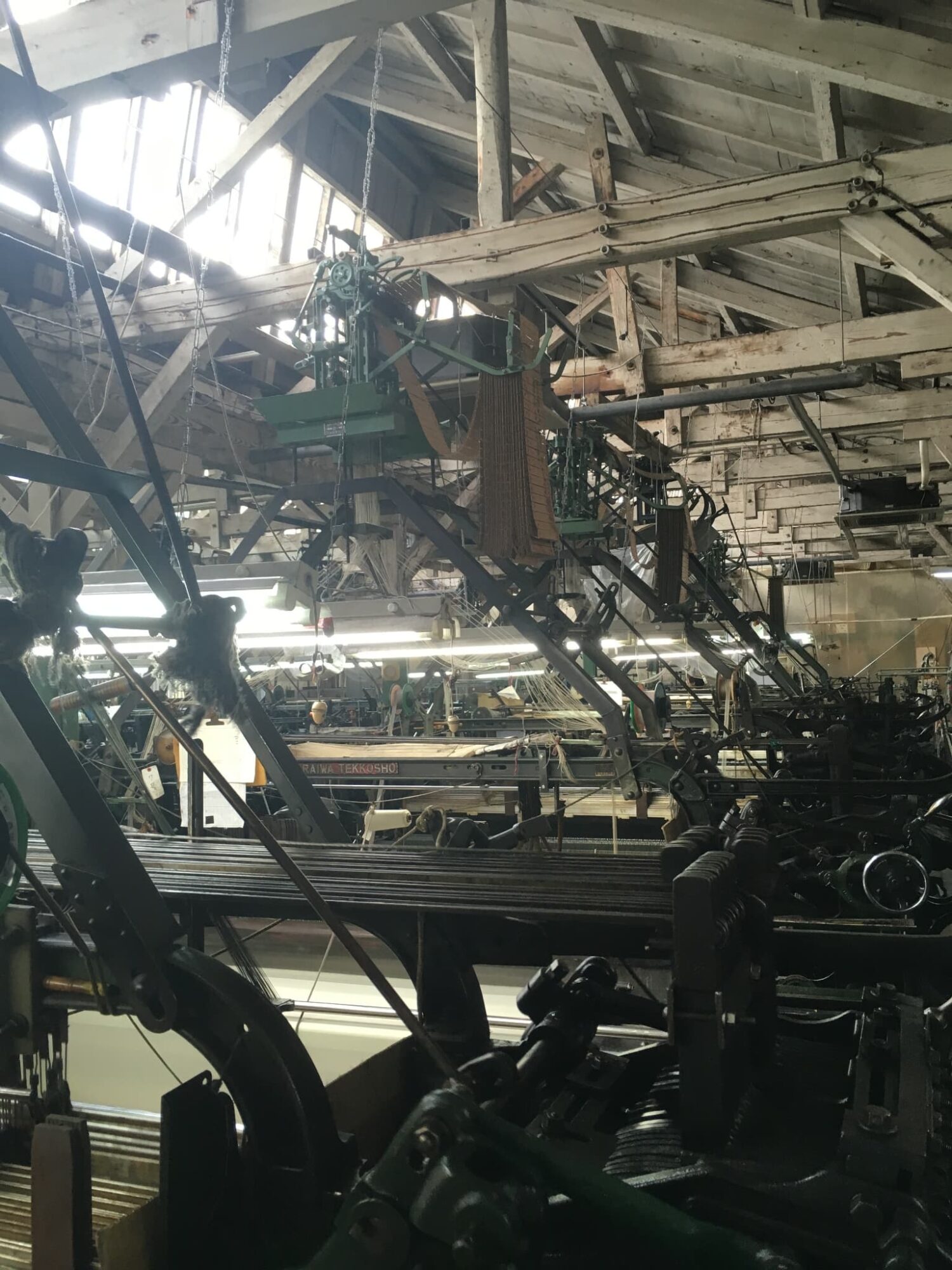
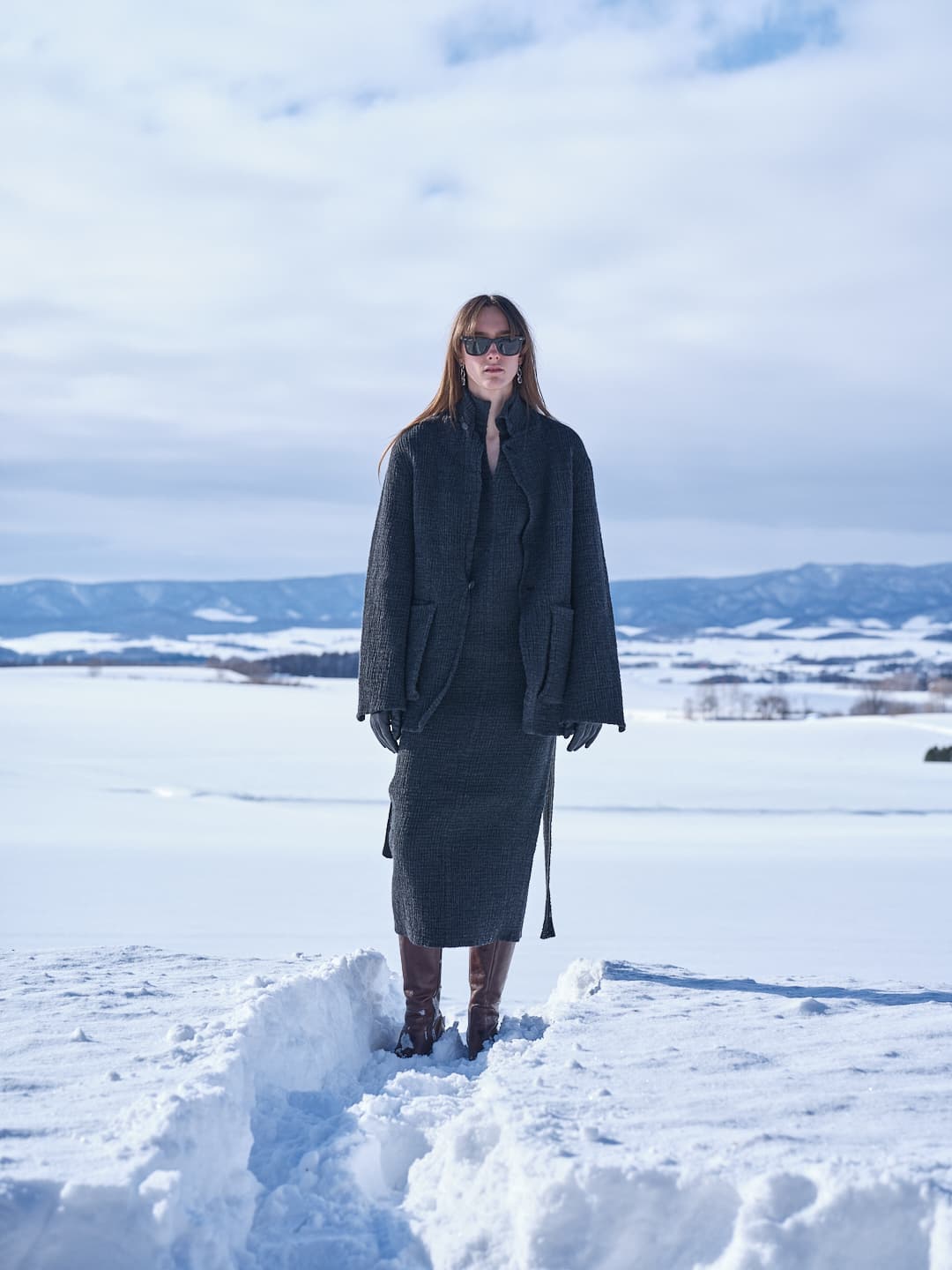
POSTELEGANT 2025 AUTUMN-WINTER COLLECTION
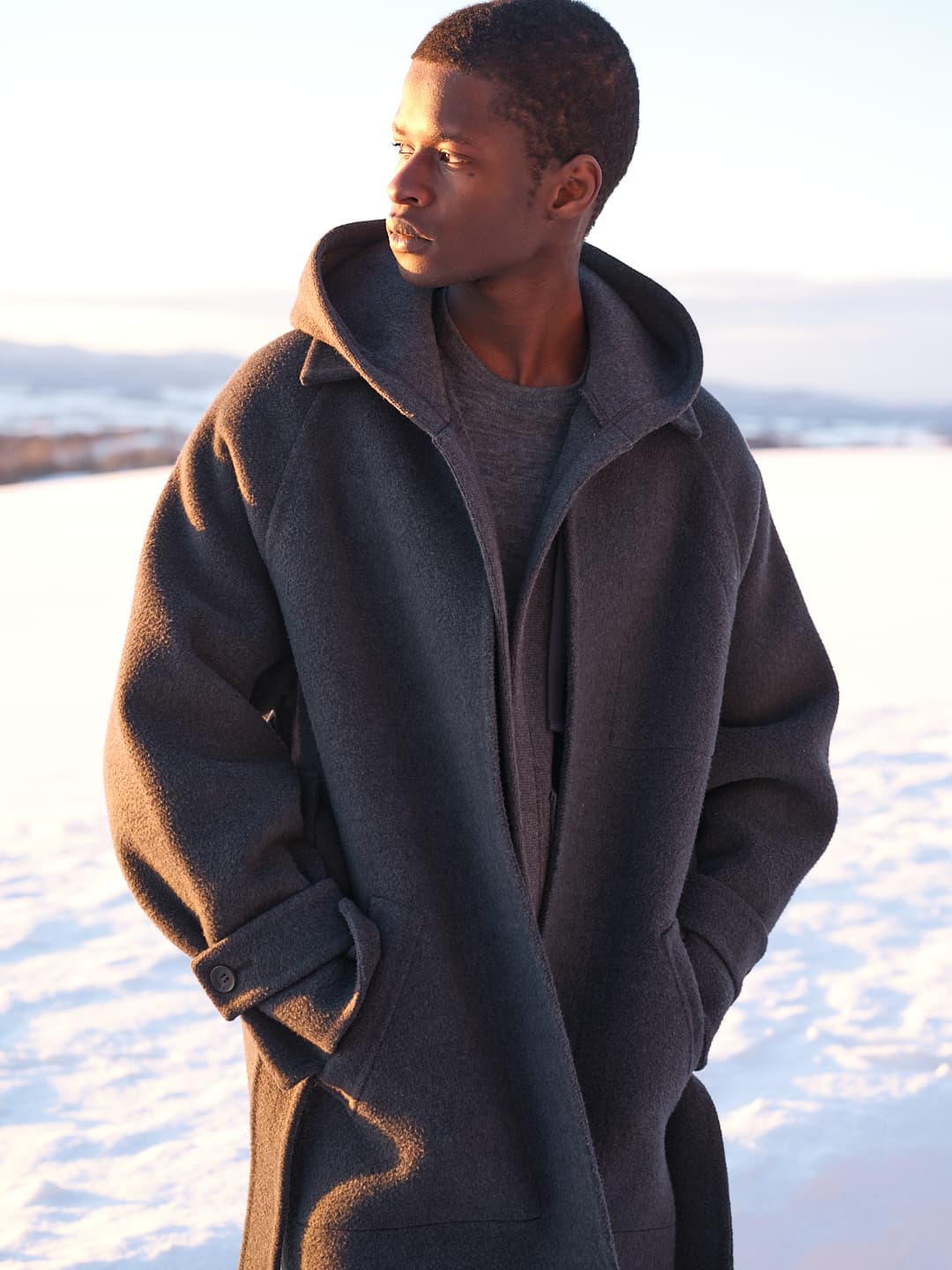

POSTELEGANT 2025 AUTUMN-WINTER COLLECTION
Vulnerable Japanese production areas are where brands that the world can't catch up with can be created
Seven or eight years after starting his brand, Nakata visits the production areas several times a year to meet with people and chat. What exists there is a relationship of trust, like that between relatives. “We start with things like, ‘How are you feeling today?’ It’s pretty much like that.”
Behind the scenes, however, there is a reality where businesses are closing down one after another, and the skills accumulated over many years are quietly disappearing. ‘If things continue like this, it may really cease to function in 10 years.’ This sense of crisis is what drives Nakata.
Unlike in the past, information today is not limited to a specific location and can be accessed worldwide through social media. Nakata believes that the experiences gained in local production sites, such as working directly with luxury brands like CHANEL and DIOR to create fabrics, are what nurture strong brands.
“Young people would definitely find it more interesting and far more impactful to try working in a production area. What will remain after five years in the apparel industry in Tokyo? They might not even be able to pursue what they truly want to do. But after a few years in a production area, their knowledge and experience will be completely different.” There lies a perspective and strength that cannot be gained in the information-overloaded city, the ability to face the world head-on. ”Honestly, what they’re doing here is far more impactful.”
Paris, Tokyo, and the Japanese regions. Nakata-san, who understands the different ways of doing business in each of these places, has a vision that is uniquely his own. Could there be anything more certain than this? The day when brands that the world can’t catch up with emerge from the regions may already be just around the corner.
From Ichinomiya, leading the world in Japanese fashion
Mr. Nakata is currently working on a new project in Ichinomiya City, Aichi Prefecture. In addition to selling POSTELEGANT clothing, he wants to create a place that showcases the culture of the Bishu region and its textiles. “It’s not just about clothes. I want to showcase the charm of the local pottery and woodworking in a more appealing way.”
Bishu is one of the world’s three major woolen textile production areas, alongside Huddersfield in England and Biella in Italy. The region is home to numerous factories that handle various processes, from spinning and dyeing to weaving, knitting, dyeing and finishing, and research. From traditional looms producing rare and valuable items to factories adopting the latest systems for efficiency, the region is diversifying and preparing for the future. The region’s appeal extends beyond this. For example, nearby Tajimi City in Gifu Prefecture is known for its Mino ware pottery. The Mino region also boasts the traditional industry of Mino washi paper. Looking further to Aichi Prefecture, there is a world-class industrial area centered around Toyota. “People from overseas come to see the pottery and washi paper craftsmen, as well as Toyota’s factories. I want them to stop by Ichinomiya and learn about fabrics and clothing.” By attracting visitors to see the region’s manufacturing heritage and inspiring them to think, ‘Craftsmanship is cool,’ we can generate momentum, starting with the younger generation. Eventually, the Owari region will thrive.
“The fact that I’ve gained some recognition in Tokyo is thanks to the people of the region. When I think about how to give back, it’s not just about money—it’s about creating a future where people can contribute to others and feel positive. It will take time, but we’re taking steps toward building a foundation over five to ten years, with the vision of seeing the region thrive even after 30 years.”
POSTELEGANT offers world-class sophistication and the highest quality, without letting its purpose overshadow the desire to wear something you want to wear today. What Nakata is delivering is an important choice for the future—a vision of a rich future that should be chosen now. In this time of rapid transition, why not take a moment to consider the importance of time, quality, region, and the environment through the lens of a single garment?
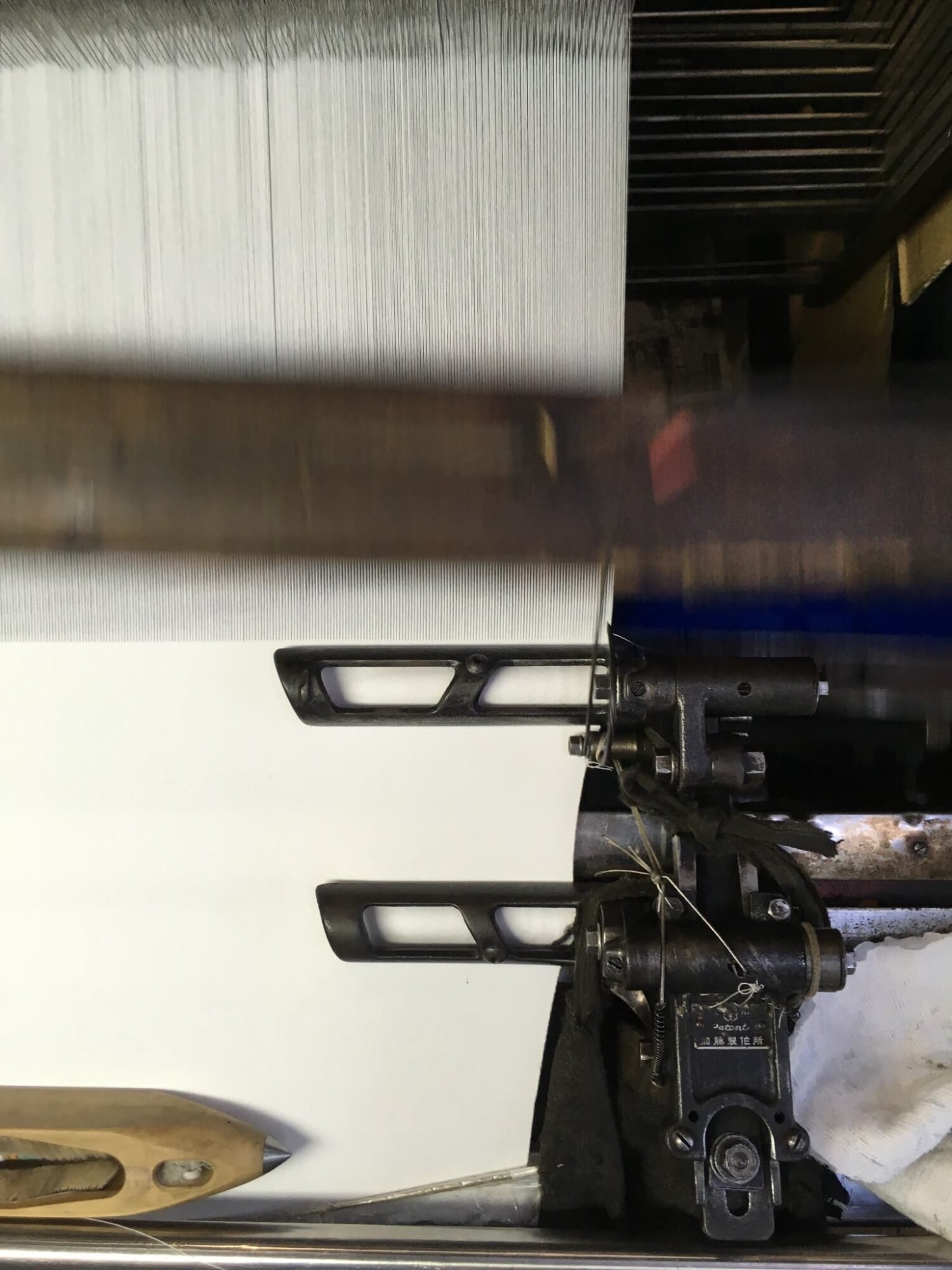
POSTELEGANT offers world-class sophistication and the highest quality without overemphasizing purpose, inspiring a desire to wear their clothes every day. What Nakata delivers is an important choice for the future: a rich way of living that should be chosen now. In this time of rapid transition, why not take a moment to consider what it means to enrich time, quality, community, and the environment through a single piece of clothing?
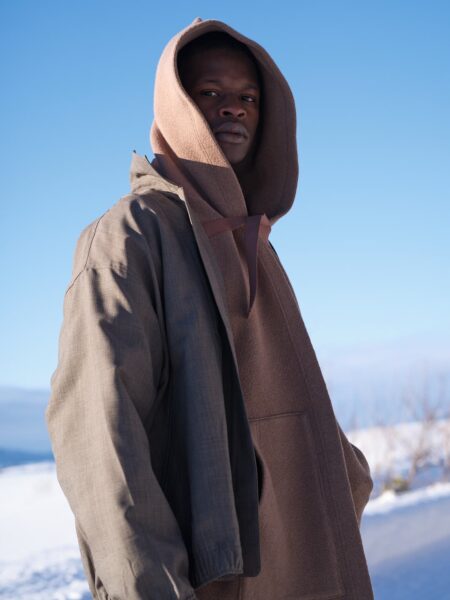
sustainable anquete
POSTELEGANT
TP VISA
